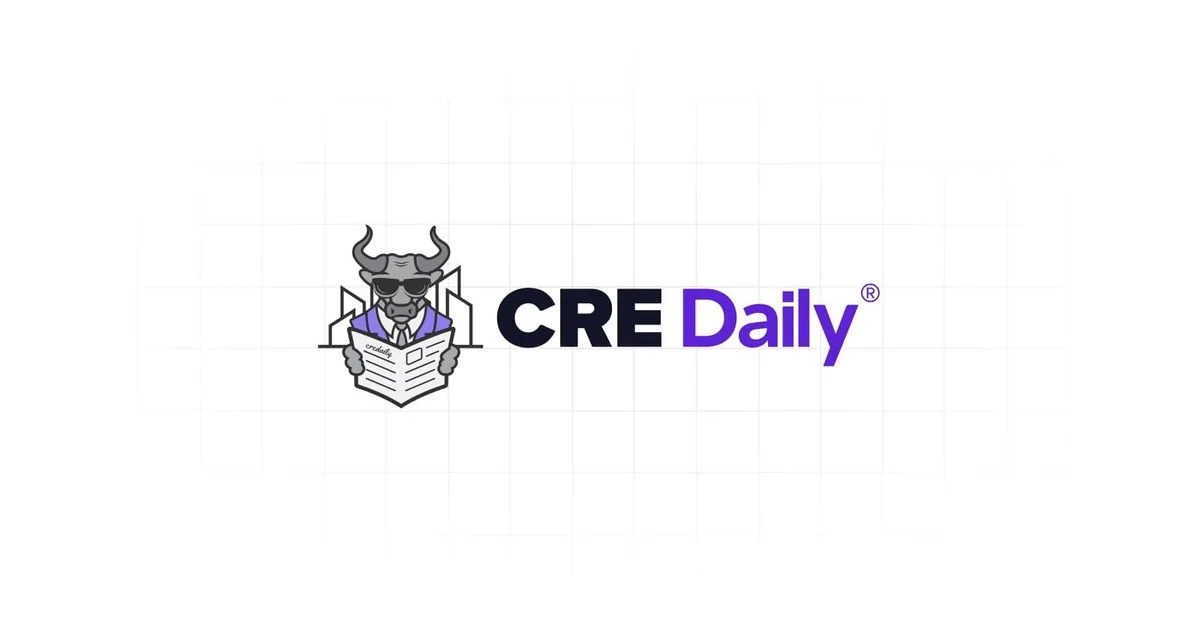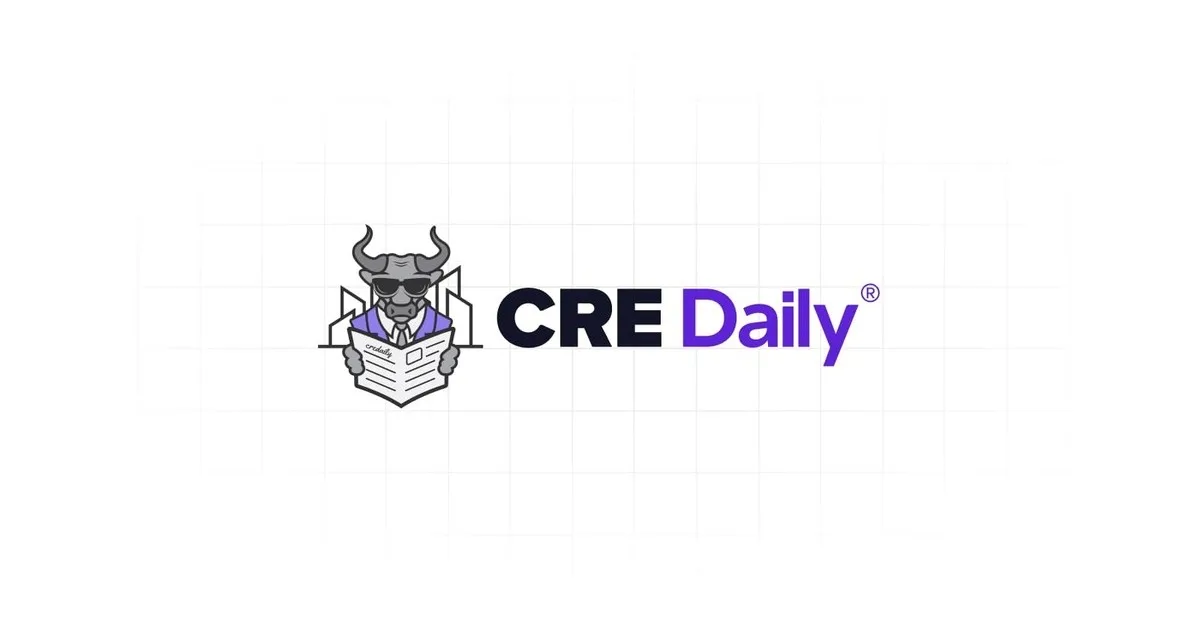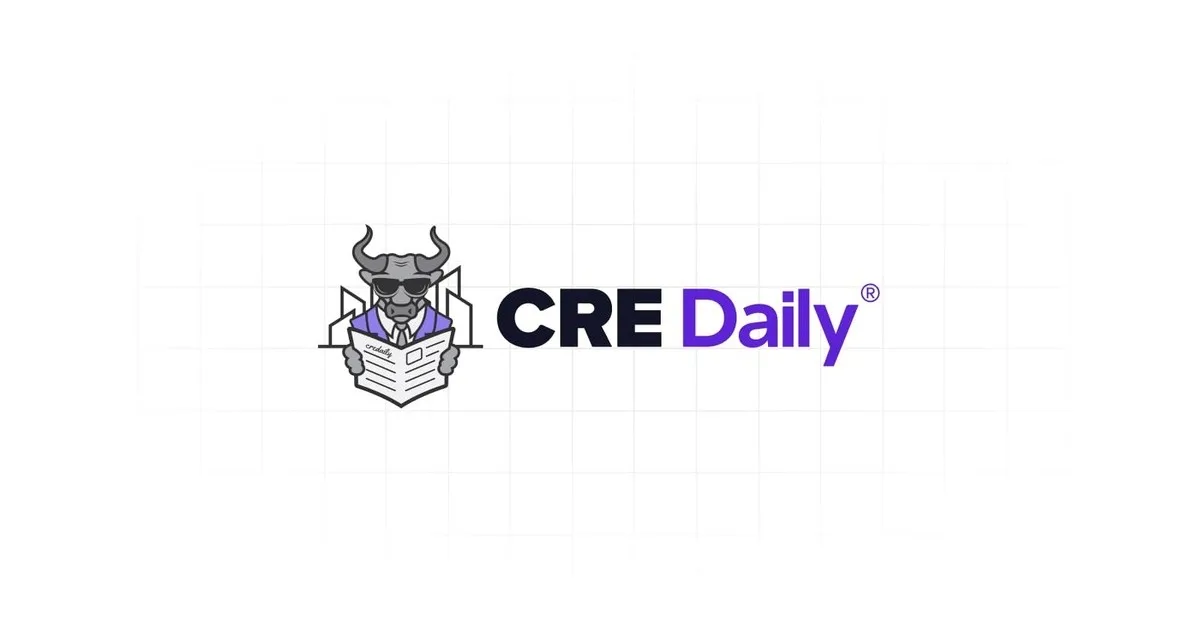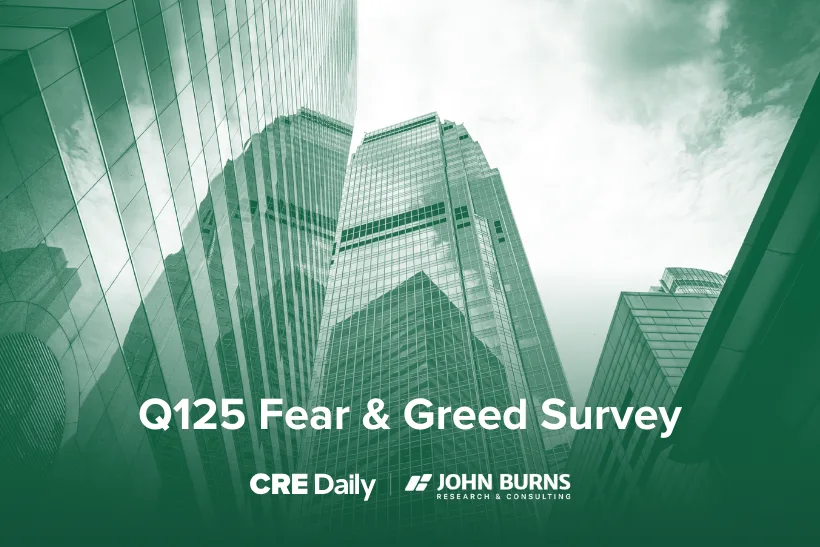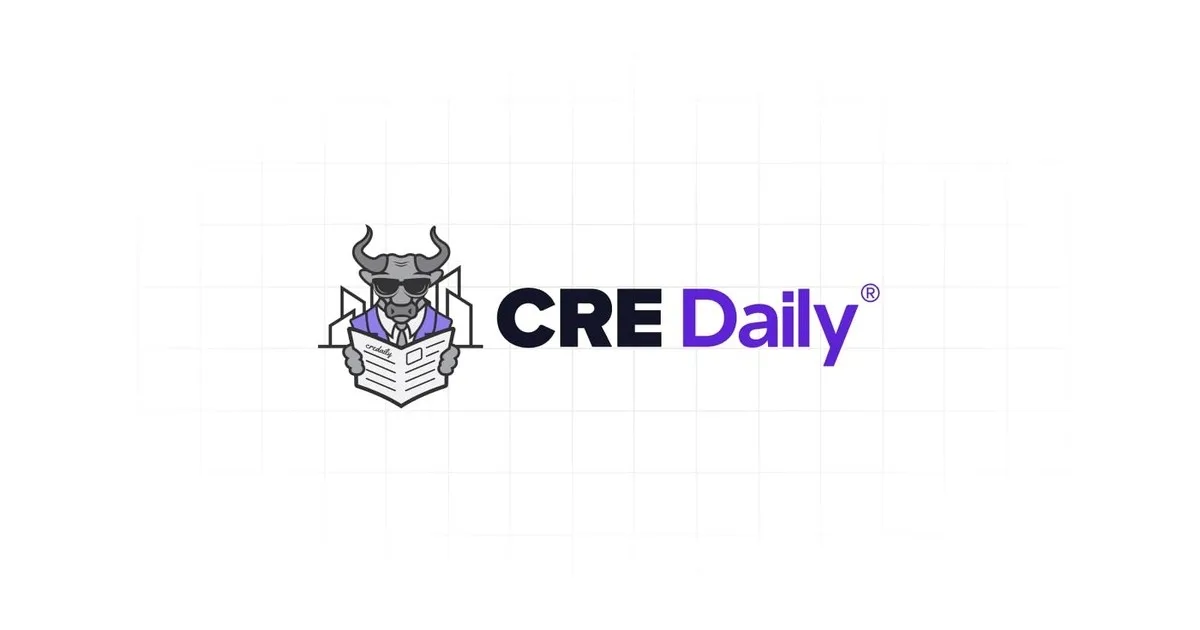- U.S. home sales in June dropped to their lowest levels since the Great Financial Crisis, driven by high mortgage rates.
- While home prices continued to rise in May, the pace of appreciation is slowing across many markets.
- Markets with low inventory levels saw price growth, while those with higher inventory saw price drops.
- The Midwest and metro areas like New York and Chicago outperformed other regions, while pandemic-era boomtowns cool.
According to the latest CoreLogic S&P Case-Schiller Index report, the U.S. housing market is really slumping. In fact, June home sales fell to their lowest levels since the 2007–2008 Great Financial Crisis, as reported in Globest.
Despite this, home prices appreciated for the 11th consecutive month in May, though the pace of this appreciation is slowing, according to the latest CoreLogic S&P Case-Schiller Index report.
Slower Price Appreciation
The report highlighted that while home prices increased in May, the rate of growth is decelerating. The Index recorded a 5.9% YoY gain in May, down from the peak of 6.5% in February and March.
Nationally, home prices rose by 0.9% from April to May, with high-tier homes appreciating the fastest at 1.1%, and middle and low tiers rising by 0.8%. New York led price appreciation in the middle and low tiers, with the Midwest showing monthly gains outpacing pre-pandemic trends.
Regional Market Trends
Markets with inventories below pre-pandemic levels continued to see price gains, while areas with higher inventory reported price declines. Major metros like NYC and Chicago performed better since mid-2022 as workers returned to cities.
Conversely, some pandemic-era boomtowns, along with cities like Detroit and Tampa, are seeing the market cooling.
Metro-Specific Performance
In May, price rises slowed down in 16 out of 20 metro areas compared to April, but cities like Las Vegas, Atlanta, and Denver continued to see significant appreciation. The 20-city index was led by NYC, San Diego, Las Vegas, and LA, with annual gains of 9.3%, 9.1%, 8.6%, and 8.4%, respectively.
Notably, 12 metros saw annual price gains surpassing the national average of 5.9%. However, cities like Chicago, Cleveland, Dallas, and Portland saw a significant slowdown in price growth, though no metro area reported a price drop from April to May.
Market Outlook
Overall, the CoreLogic report forecasts that markets with less home-building activity will have different outcomes compared to those dealing with high tax, insurance, and maintenance costs.
As the market anticipates potential interest rate cuts from the Fed in September, home sales are expected to stay sluggish. The outcome of the upcoming election will also likely influence market dynamics.

